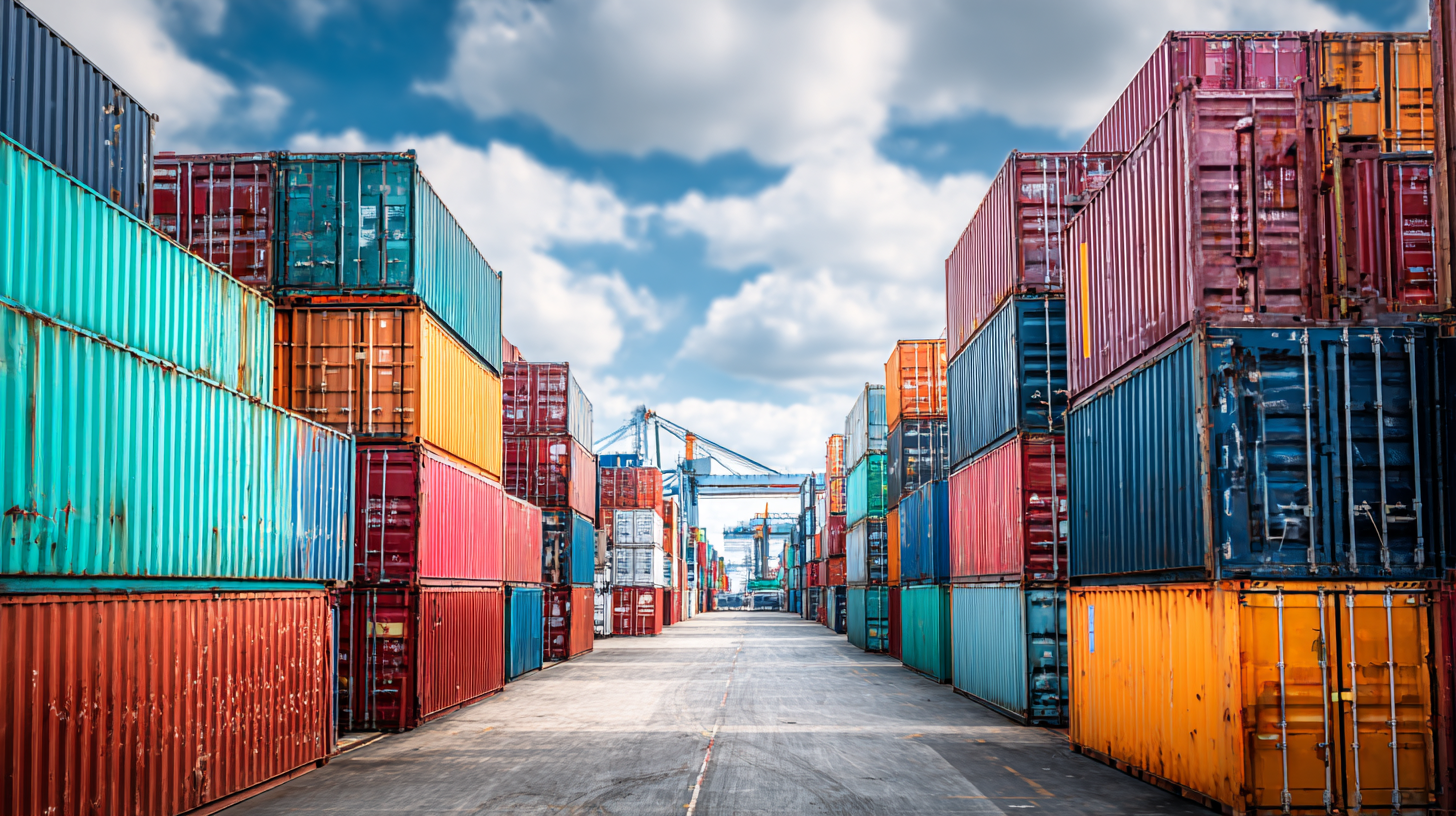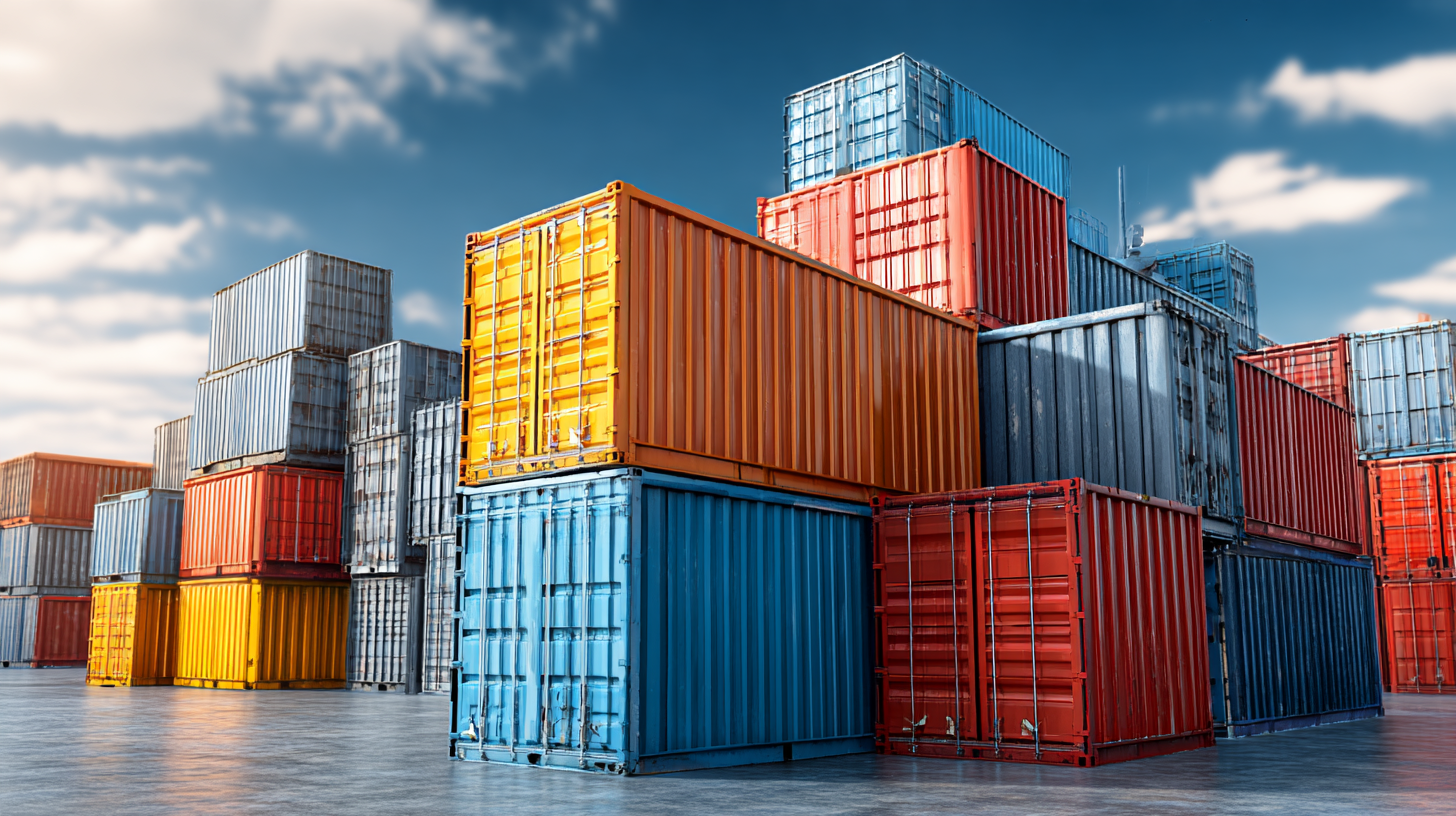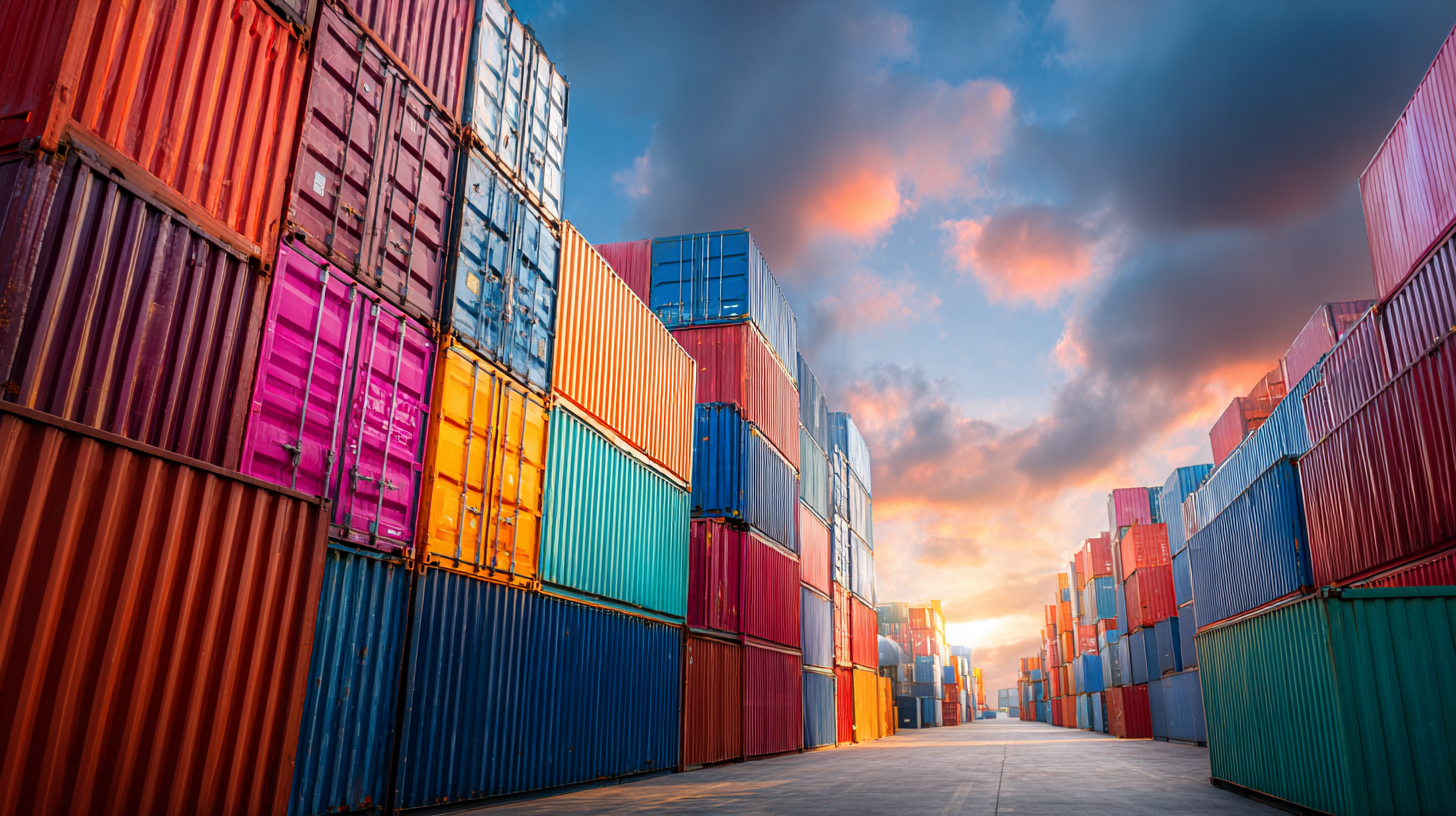In the ever-evolving landscape of global supply chains, the need for efficient and reliable storage solutions is paramount. Among the various options available, Units Storage Containers have emerged as a game-changer for businesses seeking to optimize their logistics processes. These versatile containers offer a range of benefits that enhance inventory management, improve transportation efficiency, and ensure the safety of goods during transit. In this blog, we will explore the top five examples of the best Units Storage Containers currently available, highlighting their unique features and advantages. From durability to adaptability, understanding these storage solutions will equip supply chain professionals with the insights necessary to make informed decisions that drive operational success. Join us as we delve into the world of Units Storage Containers and uncover how they can significantly benefit global supply chains.

Storage containers play a pivotal role in global supply chains, acting as the backbone that supports the movement of goods across international borders. As logistics challenges continue to evolve, understanding the significance of efficient storage solutions is more essential than ever. For instance, during peak logistics periods such as Chinese New Year or holiday seasons, the demand for space to store inventory surges. Effective use of storage containers can help businesses mitigate delays caused by congestion and unforeseen disruptions, ensuring that products reach their destinations in a timely manner.

Additionally, the recent uncertainties stemming from tariff issues and port congestion highlight the importance of adaptability in supply chain strategies. Companies must leverage innovative storage solutions to navigate these complexities, which can drastically affect freight costs and overall supply chain efficiency. As organizations prepare for the challenges of 2025, optimizing storage container usage within their supply chains will be crucial not only for managing peak periods but also for building resilience against unexpected risks. This strategic focus on storage can drive profitability and enhance operational agility in a turbulent global market.
When it comes to optimizing logistics efficiency, selecting the right storage containers is paramount. The best units storage containers offer a range of key features that enhance supply chain operations. Firstly, durability is essential; containers made from high-quality materials are not only resistant to wear and tear but can also withstand various environmental conditions. This longevity ensures that goods remain protected, preventing loss and damage during transit.
Additionally, versatility plays a critical role in the functionality of storage containers. Units that can be easily adjusted or reconfigured help meet the diverse needs of different shipments. Features such as stackability and modular designs facilitate efficient space utilization, enabling businesses to maximize storage capacity. Furthermore, containers equipped with tracking technology enable real-time monitoring of shipments, providing visibility and security throughout the logistics process. Collectively, these features contribute to an efficient, resilient supply chain capable of handling the complexities of global trade.
This chart showcases the logistics efficiency ratings for the top five types of storage containers used in global supply chains, illustrating their effectiveness in optimizing logistics processes.
In the rapidly evolving landscape of global supply chains, innovative storage solutions have become pivotal in ensuring efficiency and responsiveness. Leading manufacturers are continuously developing cutting-edge storage containers that address various logistical challenges. One prime example is the use of modular storage units that can be easily customized and reconfigured based on the specific needs of the supply chain.
These versatile options not only optimize space but also enhance accessibility, allowing companies to adapt quickly to changing demands.
Another notable innovation comes from IoT-enabled storage containers that track cargo conditions in real-time. These intelligent units provide critical data on temperature, humidity, and location, enabling companies to mitigate risks and ensure product integrity throughout the shipping process. By incorporating smart technology into storage solutions, manufacturers are setting new standards for transparency and efficiency in supply chain management. As businesses increasingly prioritize sustainability, eco-friendly storage containers crafted from recycled materials are also gaining traction, showcasing a commitment to both performance and environmental stewardship.
In the dynamic world of international trade, the quality and durability of storage containers are paramount for maintaining an efficient supply chain. According to a report by the International Maritime Organization, nearly 90% of global trade by volume is carried out via container shipping. This emphasizes the importance of investing in robust storage solutions that can withstand the rigors of transportation. High-quality containers can significantly reduce damage rates during transit, ensuring that products arrive at their destination intact.

For businesses looking to enhance their logistics efficiency, it is crucial to choose containers made from durable materials, such as Corten steel, renowned for its weather-resistant properties. Data from the Containerization International publication indicates that companies opting for high-quality containers can see a 20% reduction in replacement costs over a five-year period. This not only boosts profit margins but also contributes to sustainability, as lasting containers reduce the need for frequent manufacturing.
Tip: Regular maintenance checks can help identify potential issues before they escalate. Inspecting seals and joints frequently ensures containers remain airtight and watertight, protecting cargo from external elements.
Tip: When sourcing storage containers, consider those with a proven track record. Reviews and ratings can provide insights into the durability of different models and help make an informed purchasing decision.
The future of storage container design is being reshaped by innovative trends in supply chain management, driven by the need for efficiency and sustainability. A recent report by the International Data Corporation (IDC) notes that over 30% of supply chain leaders are investing in smart container technologies, which leverage IoT sensors to provide real-time tracking and monitoring. These advancements not only enhance visibility throughout the shipping process but also significantly reduce losses due to damage or misplacement. As companies increasingly demand these innovative solutions, the market for smart containers is projected to grow by over 20% annually over the next five years.
Moreover, the incorporation of sustainable materials in container design is gaining traction, aligning with global environmental goals. According to McKinsey, approximately 70% of consumers prefer eco-friendly packaging options, prompting logistics companies to re-evaluate their material choices. Innovations such as biodegradable composites and recycled materials are becoming more commonplace, making it easier for supply chain operations to mitigate their ecological footprint. As these trends continue to evolve, the industry is poised for a transformation that not only prioritizes efficiency but also aligns with the growing demand for sustainability in global supply chains.
| Container Type | Dimensions (ft) | Capacity (CBM) | Weight (kg) | Key Features |
|---|---|---|---|---|
| Standard Dry Container | 20 x 8 x 8.5 | 33.2 | 2,300 | Durable, weather-resistant |
| Reefer Container | 40 x 8 x 9.5 | 67.7 | 3,800 | Temperature-controlled, insulated |
| Flat Rack Container | 40 x 8 x 8.5 | 67.7 | 3,900 | Open top, suitable for oversized cargo |
| Open Top Container | 40 x 8 x 8.5 | 67.7 | 3,700 | Removable roof, easily accessible |
| High Cube Container | 40 x 8 x 9.5 | 76.4 | 3,800 | Height benefits for more volume |